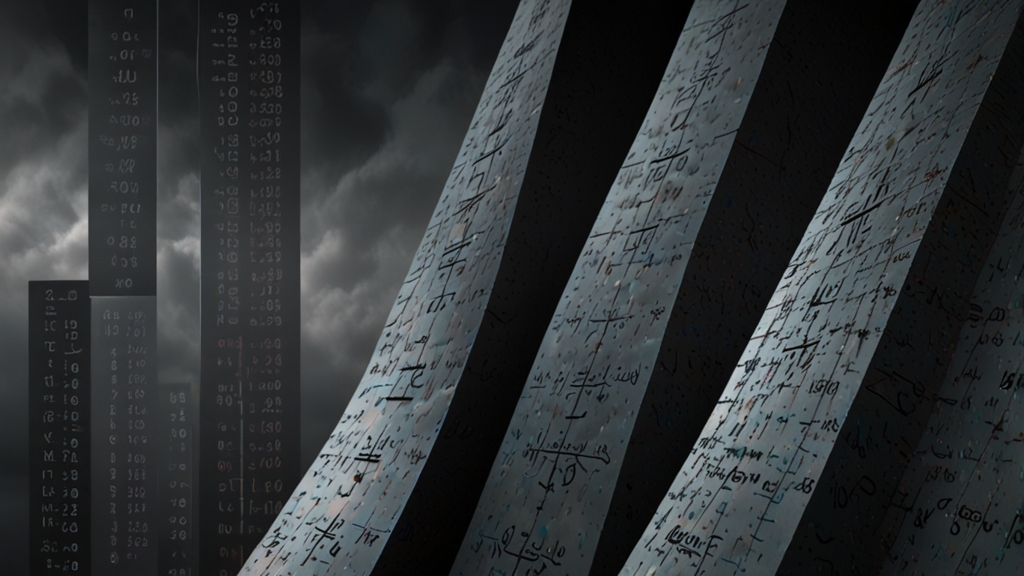How Egypt Is Using Technology to Preserve Its Ancient Heritage
Egypt, a land known for its ancient civilization and monumental archaeological treasures, has always captivated the world's curiosity. With its sprawling temples, intricate tombs, and the enigmatic pyramids, the country holds an unparalleled place in history. However, preserving these ancient relics is a formidable challenge, one that modern technology is increasingly helping to address.
3D Scanning and Printing
One of the most significant technological advancements aiding in the preservation of Egypt's heritage is 3D scanning and printing. High-resolution 3D scanners are being employed to create detailed digital replicas of artifacts, statues, and even whole sites. These scans allow researchers to study the items without physically handling them, thus reducing the risk of damage.
"With 3D scanning, we can capture every minute detail of an artifact," says Dr. Ahmed Youssef, an archaeologist working at the Grand Egyptian Museum. "This not only helps in preservation but also in restoration efforts."
Moreover, 3D printing technology enables the creation of accurate replica models, which can be displayed in museums around the world. This means that cultural artifacts can be shared globally without risking the transport of fragile, original pieces.
Remote Sensing and Satellite Imaging
Another groundbreaking tool in the preservation toolkit is remote sensing and satellite imaging. These technologies provide a bird's-eye view of archaeological sites, helping to monitor and manage them more effectively. For example, satellite images can reveal insights into soil composition, vegetation growth, and other environmental factors that might affect the condition of ancient ruins.
"Remote sensing allows us to detect changes in the landscape that might indicate an emerging threat to the sites," explains Dr. Fatima Rashid, a specialist in archaeological preservation. "This can include anything from illegal excavations to natural erosion."
By identifying potential problems early, authorities can take preemptive measures to protect these invaluable pieces of history. These tools also assist in discovering new sites that might have otherwise remained hidden beneath the sands of time.
Augmented and Virtual Reality
Augmented Reality (AR) and Virtual Reality (VR) are innovative solutions that not only help in preservation but also in education and tourism. VR can create immersive experiences, allowing users to explore ancient sites in a way that is often more engaging than traditional methods. For instance, a VR tour of the Great Pyramid of Giza can offer insights that are difficult to grasp through photographs or physical visits alone.
AR, on the other hand, can enrich real-world experiences by superimposing digital information over the physical environment. Museum visitors can point their smartphones at an artifact to see detailed descriptions and historical information pop up on their screens. This aids in a deeper understanding and appreciation of Egypt's rich history.
Museum of the Future: The Grand Egyptian Museum
The Grand Egyptian Museum (GEM), set to be the largest archaeological museum in the world, is a prime example of how Egypt is leveraging technology for heritage preservation. Scheduled to open near the pyramids of Giza, GEM will feature state-of-the-art facilities for the conservation and restoration of artifacts.
The museum’s conservation center is equipped with the latest technology to analyze, preserve, and restore artifacts. Advanced climate control systems ensure that these items are kept in optimal conditions, while cutting-edge security measures protect them from theft or damage.
Conclusion
Incorporating modern technology into the preservation of ancient heritage is essential for safeguarding Egypt's invaluable historical assets. From 3D scanning and printing to satellite imaging and AR/VR experiences, these innovations offer new ways to study, protect, and share Egypt’s rich cultural legacy. As we continue to advance technologically, the hope is that these tools will help preserve the past for future generations to appreciate and learn from.










